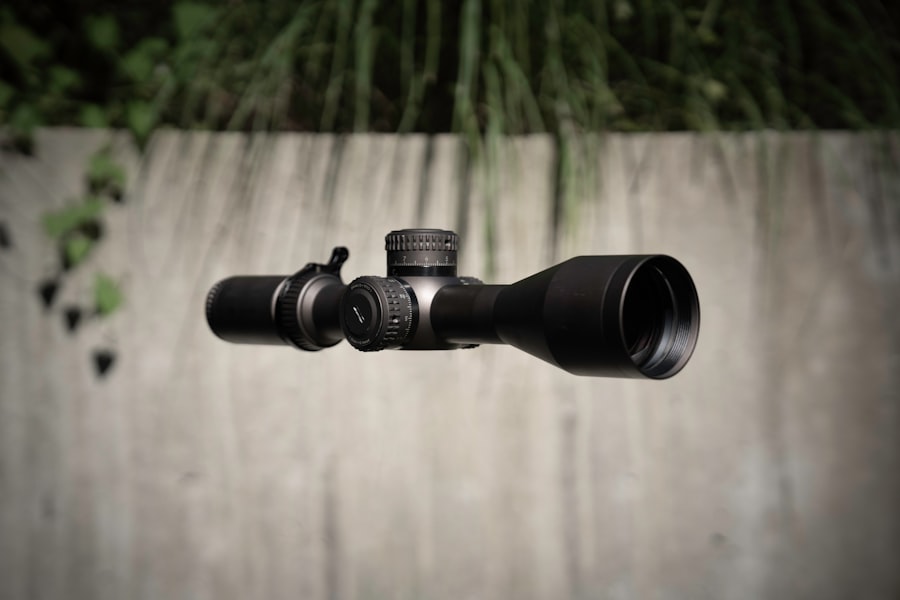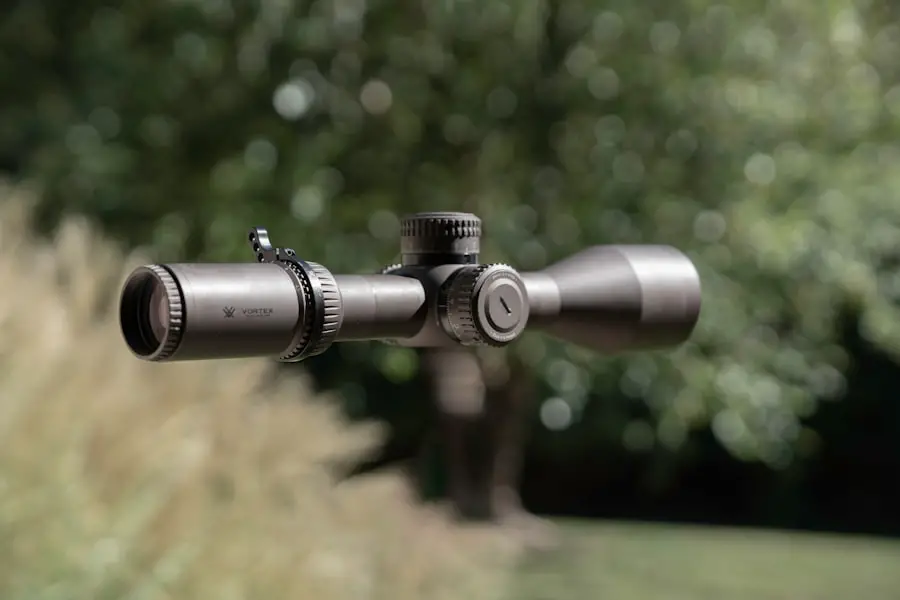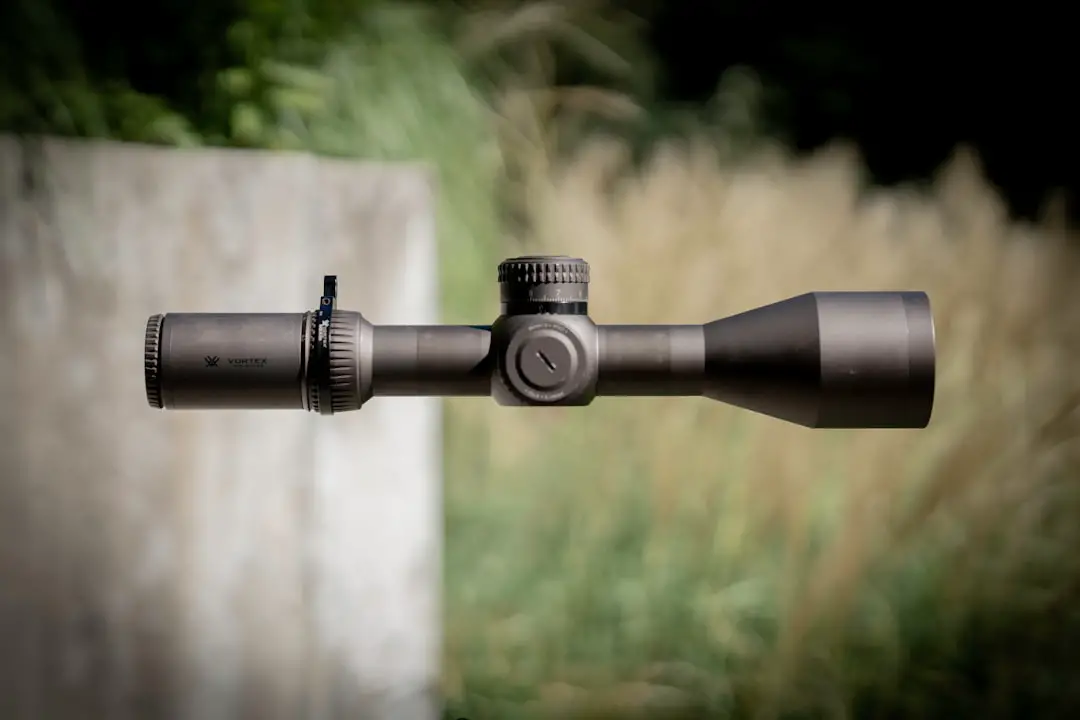The .30-06 Springfield cartridge, often simply referred to as the .30-06, is one of the most iconic and widely used rifle cartridges in the world.
The cartridge’s name reflects its caliber (0.30 inches) and the year it was adopted by the U.S.
Army (1906). The .30-06 is renowned for its versatility, capable of firing a wide range of bullet weights and types, making it suitable for various applications, from hunting large game to target shooting. The .30-06’s historical significance cannot be overstated.
It served as the standard military cartridge for the United States during both World Wars and the Korean War, proving its reliability and effectiveness in combat situations. Its design allows for a relatively high velocity and energy transfer, which translates into impressive stopping power. This combination of factors has led to its enduring popularity among civilian shooters, who appreciate its performance in the field and at the range.
As we delve deeper into the characteristics of the .30-06 bullet, we will explore the various factors that influence its range and effectiveness.
Key Takeaways
- The 30-06 bullet is a popular choice for long-range shooting and hunting due to its accuracy and power.
- Factors affecting the range of a 30-06 bullet include bullet weight, barrel length, and muzzle velocity.
- The maximum effective range of a 30-06 bullet is typically around 800-1000 yards, depending on various factors.
- Long-range shooting with a 30-06 bullet requires careful consideration of wind, elevation, and bullet drop.
- Environmental considerations for 30-06 bullet range include weather conditions, altitude, and terrain.
- Safety considerations for shooting a 30-06 bullet at long range include proper equipment, training, and awareness of surroundings.
- When hunting with a 30-06 bullet, ethical considerations include shot placement, animal welfare, and adherence to hunting regulations.
- In conclusion, understanding the range of a 30-06 bullet is essential for safe and ethical shooting and hunting practices.
Factors Affecting the Range of a 30-06 Bullet
Bullet Weight: A Critical Factor
The weight of the bullet is a crucial consideration in determining the effective range of a .30-06 bullet. The .
Heavier bullets generally retain energy better over longer distances, while lighter bullets can achieve higher velocities. This trade-off between weight and speed is essential for shooters to understand when selecting ammunition for specific applications.
Ballistic Coefficient: Overcoming Air Resistance
Another significant factor is the ballistic coefficient (BC) of the bullet. The BC measures how well a bullet can overcome air resistance during flight. Bullets with a higher BC will maintain their velocity better over long distances, resulting in a flatter trajectory and less drop. For instance, a streamlined 180-grain boat tail bullet will typically have a higher BC than a flat-nosed 150-grain bullet, making it more suitable for long-range shooting.
Muzzle Velocity: The Role of Powder and Barrel Length
Muzzle velocity, which is influenced by the type of powder used and barrel length, also affects how far a bullet can travel before losing its effectiveness. Understanding the interplay between these factors is critical for shooters to optimize their ammunition selection and achieve the best possible results.
Maximum Effective Range of a 30-06 Bullet

The maximum effective range of a .30-06 bullet can vary significantly based on several factors, including bullet type, environmental conditions, and the shooter’s skill level. Generally speaking, the .30-06 is considered effective up to about 1,000 yards for skilled marksmen using appropriate ammunition. However, this distance can be influenced by the specific load used; for example, a high-quality match-grade bullet designed for precision shooting may perform well beyond this range.
In practical terms, many hunters and shooters find that engaging targets at distances beyond 600 yards requires not only an understanding of ballistics but also considerable practice and experience. At these distances, even minor errors in windage or elevation can result in missed shots. Therefore, while the .30-06 has the potential for long-range accuracy, achieving consistent hits at maximum effective ranges necessitates a solid grasp of external ballistics and environmental factors.
Long Range Shooting with a 30-06 Bullet
| Distance (yards) | Drop (inches) | Wind Drift (inches) | Energy (ft-lbs) |
|---|---|---|---|
| 100 | 0 | 0 | 2913 |
| 200 | -2.5 | 0 | 2659 |
| 300 | -10.8 | 1.8 | 2421 |
| 400 | -24.3 | 6.6 | 2198 |
| 500 | -44.8 | 14.5 | 1989 |
Long-range shooting with a .30-06 bullet presents unique challenges and rewards. To maximize performance at extended distances, shooters must consider several elements, including scope selection, shooting position, and environmental conditions. A high-quality scope with adjustable turrets for windage and elevation is essential for making precise adjustments based on distance and atmospheric conditions.
Many long-range shooters opt for scopes with reticles designed for holdover calculations, allowing them to compensate for bullet drop without needing to adjust their turrets constantly. Moreover, mastering the fundamentals of marksmanship becomes even more critical when shooting at long ranges. Factors such as breathing control, trigger squeeze, and follow-through must be executed flawlessly to ensure accuracy.
Additionally, understanding how to read wind conditions is vital; even a slight breeze can significantly affect a bullet’s trajectory over long distances. Shooters often practice at various ranges to develop their skills and gain familiarity with how their specific ammunition performs under different conditions.
Environmental Considerations for 30-06 Bullet Range
Environmental factors can greatly influence the performance of a .30-06 bullet during flight. Temperature, humidity, altitude, and wind all play significant roles in determining how far and accurately a bullet will travel. For instance, warmer temperatures can reduce air density, allowing bullets to travel farther with less resistance.
Conversely, high humidity can increase air density slightly but may also affect how moisture interacts with ammunition components. Wind is perhaps one of the most challenging environmental factors to account for when shooting at long ranges. A crosswind can push a bullet off course significantly, especially at distances exceeding 500 yards.
Shooters must learn to gauge wind speed and direction accurately to make necessary adjustments to their aim. This often involves using wind flags or observing natural indicators like grass movement or mirage effects on hot days.
Safety Considerations for Shooting a 30-06 Bullet at Long Range

Securing the Shooting Area
When engaging in long-range shooting, it is crucial to ensure that the shooting area is clear of people and property that could be endangered by stray bullets. Miscalculations at long ranges can have serious consequences, making it essential to take necessary precautions to prevent accidents.
Personal Protective Equipment
Shooters should always wear appropriate safety gear, including eye protection and hearing protection. The .30-06 cartridge produces significant recoil and noise that can be harmful over extended periods without proper protection.
Maintaining Situational Awareness
It is essential to maintain situational awareness while shooting. Distractions or sudden movements can lead to accidents or unsafe handling of firearms. Shooters must remain focused and alert to ensure a safe shooting experience.
Hunting with a 30-06 Bullet: Ethical Considerations
When it comes to hunting with a .30-06 bullet, ethical considerations are paramount. Responsible hunters must prioritize humane kills and ensure that they are using their firearms effectively to minimize suffering for the animals they pursue. This involves understanding the anatomy of game animals and selecting appropriate shot placements that lead to quick kills.
Moreover, hunters should be aware of their capabilities and limitations regarding distance and accuracy. Taking shots beyond one’s effective range not only risks wounding animals but also undermines ethical hunting practices. It is crucial for hunters to practice regularly and become proficient with their rifles to ensure they can make ethical decisions in the field.
Understanding the Range of a 30-06 Bullet
The .30-06 Springfield cartridge remains a versatile choice for both hunters and sport shooters due to its impressive range capabilities and historical significance. Understanding the various factors that influence its performance—such as bullet weight, ballistic coefficient, environmental conditions, and ethical considerations—enables shooters to make informed decisions about their ammunition choices and shooting practices. Whether engaging targets at long distances or pursuing game in the field, knowledge of these elements is essential for maximizing effectiveness while ensuring safety and ethical responsibility in all shooting endeavors.
If you’re planning a hunting trip and wondering how far a 30-06 bullet can travel, you may also be interested in reading about the benefits of using a rechargeable hand warmer for travel. This handy device can keep you warm and comfortable during long hours spent outdoors. Check out this article on rechargeable hand warmers for travel to learn more about this useful travel accessory.
FAQs
What is the effective range of a 30-06 bullet?
The effective range of a 30-06 bullet can vary depending on factors such as the specific load and bullet type, but it is generally considered to have an effective range of up to 800-1000 yards for hunting purposes.
How far can a 30-06 bullet travel in ideal conditions?
In ideal conditions, a 30-06 bullet can travel over 3 miles (approximately 5 kilometers) before it loses enough velocity to be considered ineffective.
What factors can affect the distance a 30-06 bullet can travel?
Factors that can affect the distance a 30-06 bullet can travel include the specific load and bullet type, atmospheric conditions, the angle of the shot, and the terrain over which the bullet is traveling.
Is there a maximum range for a 30-06 bullet?
While there is no specific maximum range for a 30-06 bullet, it is important to note that the bullet will eventually lose velocity and become ineffective over long distances due to factors such as air resistance and gravity.
